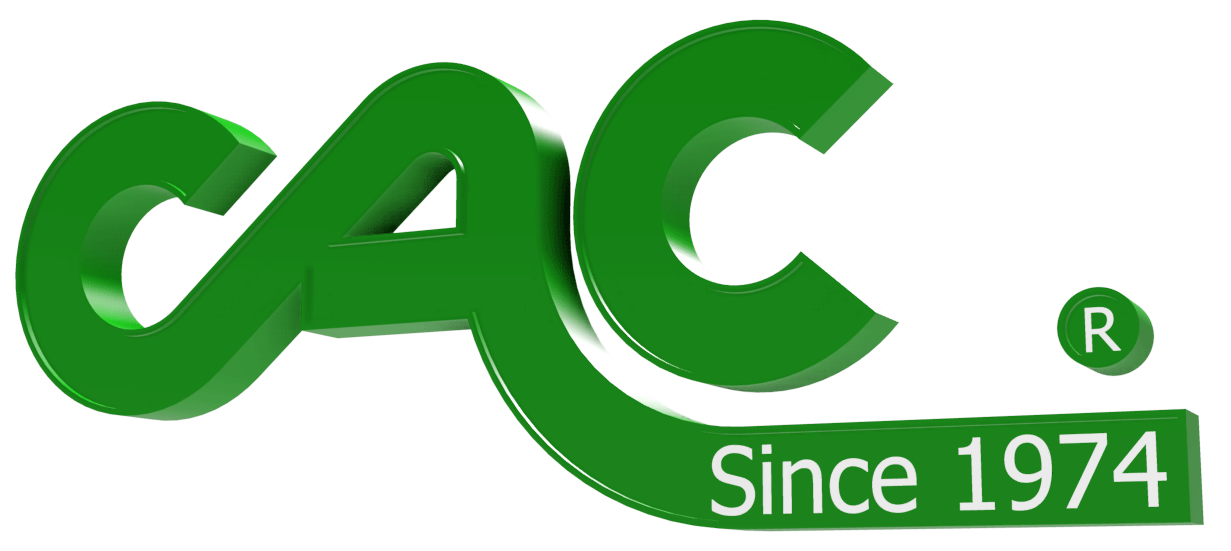How to Get the Most from your Idler Rollers | |
|
Idler rollers seem to be the unsung heroes of the converting industry. Always in the background they route your web through your processes within your converting machine. They get your web where it needs to go. Essential to proper web handling and maximum product through put, idler rollers must be designed, installed, utilized and maintained properly. Here are some things to look for to ensure your idler rollers are providing the best results for your converting process: 1) Remember the web handling principle: A web will seek to align itself perpendicular to a roller in its entry span to that roller. That means webs will bend out of their normal running plane to stay at a 90-degree angle to the entry point of any roller with which they have traction. Web guiding issues and wrinkling problems will occur when rollers are skewed and not parallel to each other. Check to make sure all rollers in your machine are parallel to each other. Laser alignment services are available to assist with this process. 2) Idler rollers should be balanced. Each time an idler roller revolves, unbalance will cause tension fluctuations in the web. In extreme cases machine vibration may occur. Idler rollers should be dynamically balanced in high speed machines. 3) Use low friction, free spinning bearings in your idler rollers. Idler rollers utilizing bearings that do not spin freely may cause the web to lose traction (roller will not turn with the web). Web guiding and wrinkling issues will occur when webs are not controlled through a converting machine with proper idler roller traction. In addition, maintain or replace ball bearings, regularly, to ensure they spin freely. 4) Lighter weight rollers will help with momentum and inertia. Remember a body in motion wants to stay in motion, a body at rest wants to stay at rest. What does this mean to your web? Tension fluctuations during speed changes. You can decrease these tension fluctuations by using light weight idler roller design. Use dead shaft (thru shaft does not spin) idler rollers instead of live shaft to keep the rollers mass to a minimum. 5) Idler roller mounting blocks should be designed to allow for level and parallel adjustment while also providing rigid mounting. Idler rollers can move to become skewed to each other over time. If there is no provision for this occurrence, idler roller alignment can become difficult, time consuming and expensive. 6) Idler roller surface should be flat. Any imperfections, such as diameter fluctuations across the rollers face, or taper can affect your web. Web wrinkles and other web defects can occur. Idler rollers can be designed with a concave profile to assist with wrinkle removal, albeit a passive effect. 7) Idler roller surface should be smooth. A smoothness finish should be specified. Idler rollers can be designed with grooves to allow air to exhaust from between the web and rollers face. This is extremely beneficial to assist with keeping smooth, non-porous webs in traction with idler rollers, especially in high speed applications. However, be careful when considering the groove design, it may cause defects in your web if it is too extreme or aggressive for your web. 8) Idler rollers can be covered with a variety of coatings. Plasma coatings can assist where traction is required and where adhesives must be handled. Rubber coverings can provide very high coefficient of friction between the web and roller face to assist with traction. Chrome and nickel plating can offer extremely smooth finish. Be aware of your options when it comes to idler roller coverings and coatings and consider how they can assist your web handling and operation. 9) Consider idler roller placement in your machine. Consider the number of idler rollers, as well. Idler rollers have two functions; to route your web through your process and to support the web. Oftentimes, long unsupported web lengths can cause issues with web handling and wrinkles will occur, due to insufficient web support.  | |
|
**DISCLAIMER - A great deal of time has been invested in the development of our weekly tech tips. To the best of our knowledge, they are accurate. It is up to the user to verify all results. THE AUTHOR ASSUMES NO LIABILITY CONNECTED WITH THE USE OF THIS INFORMATION OR THE RESULTS OBTAINED FROM IT. | |






